Achilles As An Allusion: Milton’s Paradise Lost Achilles, the most powerful warrior in Greece in mythology, serves as a literary allusion for anger. In Homer’s Iliad, the god Apollo demands the release of Chryses, a woman stolen and made a slave by Agamemnon, Achilles’ commander. Agamemnon grudgingly releases Chryses, his war prize, however demands to have Breises, Achilles’s war prize, as Chryses’ replacement, which angers Achilles greatly as Achilles has grown to love Breises and so Achilles refuses to help Agamemnon fight the Trojans. In Achilles’ absence, his close friend Patroclus is killed in battle by Hector, leaving Achilles distraught and consumed by anger. Achilles comes to Troy seeking revenge and after chasing Hector around the outer wall of the city three times, battles Hector and kills him. In the end, Achilles is murdered by Paris, Hector’s brother. Achilles allusion is used in Milton’s book Paradise Lost to compare Achilles to his depiction of Satan. In book 9, line 14-16 he compares Satan’s anger toward God with Achilles’ anger toward Hector. ” Sad task,[ referring to Satan’s attack on God ] yet argument, Not less but more Heroic then the wrauth Of stern Achilles on his Foe pursu'd, Thrice Fugitive about Troy Wall…”( Book 9). Both Achilles and Satan suffer severe consequences as a result of their anger dictating their decisions. Achilles loses his close friend and in the end is killed by Hector’s brother, Paris. Satan is cast out of Heaven and sent to Hell to suffer for eternity. Works Cited: Milton, John Paradise Lost (1667)Book 9: lines 14-16 Homer ,The Iliad(1488)
The Hydra As An Allusion:
Unexpected Manifestations
The Hydra, one of Greek mythology’s terrifying monsters, serves as a literary allusion to unexpected manifestations, with its ability to spontaneously regenerate its serpent-like heads after they have been completely severed. Hercules, in one of his labours for attaining immortality, was sent to the marshes of Lerna to slay the multi- headed serpent beast called the Hydra. To Hercules surprise, when he severed one head of the beast with his sword, more heads grew in its place, proving Hercules’ quest to kill the Hydra to be more difficult than he had expected. Mel Stein references this allusion when describing problems with fighting the drug trade of cocaine, “Yet, it had no real effect. The supplies of cocaine from Columbia remained constant and as one of the Hydra’s heads was cut off, another dozen sprang up to replace it.” No matter how many cocaine suppliers were shut down, more seemed to materialize in their place just as the Hydra’s many serpent heads would persistently regenerate themselves.
Works Cited
Stein, Mel White Lines, 1997
Delahunty, Andrew, Sheila Dignen and Penny Stock. “ The Hydra” The Oxford Dictionary of Allusions. New York: Oxford UP, 2001. Print.
Rumpelstiltskin As An Allusion:
Creating Great Value from Insufficient Means
In the story of Rumpelstiltskin, a miller’s daughter is visited by a small magical man who helps her to spin straw into gold for a king, displaying a literary allusion to creating great value from insufficient means. When a boastful miller falsely claims to the king that his daughter is able to use a spinning wheel to turn straw into gold, his daughter is locked away in a room filled with straw and expected to prove she can do the deed. A small magical man, Rumpelstiltskin, appears and offers to spin the straw into gold in exchange for gifts and facing death, the miller’s daughter agrees to his terms. One example of this allusion is in Michelle Spring’s Running For Shelter(c. 1994), “ If his father had been a demonstrative man, if he had been able to show the affection for Sonny that he almost certainly felt, it would have been easier. But for Alex, affection was swamped always, but the apprehension that something Sonny did might diminish the standing of his father in his eyes of the school. Like Rumpelstiltskin, Sonny spun gold out of straw. He developed a charm and assurance- not to mention a talent for cricket- that eventually won the other boy’s respect.” For Sonny the scarce affection, shown by his father Alex, represents the straw which was insufficient to create the gold expected. In spite of the lack of support, Sonny surprisingly grows to be greatly successful, following the allusion of spinning straw into gold.
Works Cited
Spring, Michelle, Running for Shelter, 1994
Delahunty, Andrew, Sheila Dignen and Penny Stock. “ Rumpelstiltskin” The Oxford Dictionary of Allusions. New York: Oxford UP, 2001. Print.
The Garden of Eden as an Allusion:
A Bountiful Paradise
The Garden of Eden, described in the Bible as a place of beauty and fruitfulness, is a literary allusion to a bountiful paradise. In the book of Genesis in the Bible, the Garden of Eden grows “..every tree that is pleasant to the sight and good for food,” providing a paradise for the first humans, Adam and Eve. The allusion is used in the book, The Island of The Day Before, where the author writes “ Flowers , shrubs, saplings had been brought here with their roots and earth, and set in baskets and makeshift cases. But many of the containers had rotted; the earth had spilled out to create, from one container to the next, a layer of damp humus, where the shoots of some plants were already taking root. It was like being in an Eden sprouting from the very planks of the Daphne.” The fertility of the plants spreading throughout Daphne and its natural beauty liken this city to The Garden of Eden.
Works Cited:
Umberto, Eco, The Island of the Day Before, 1994
Delahunty, Andrew, Sheila Dignen and Penny Stock. “ The Garden of Eden” The Oxford Dictionary of Allusions. New York: Oxford UP, 2001. Print.
Merlin As An Allusion:
A Prudent Advisor
The wizard, Merlin, is well-known in Arthurian legend as the chief advisor to King Arthur, and as such serves as an allusion to one who gives prudent advice. Throughout King Arthur’s reign, Merlin uses his knowledge, his magic, and his ability to foretell fates of the future to counsel Arthur. The Observer writes,” The Blair government is well aware of this, which is why it has embarked on a wholesale overhaul of our constitutional arrangements. In this light, the plan for a London mayor is distinct from the soccer and drug appointments. We need a new democratic framework that can engage an active citizenry who can then dispense, for the most part, with the ministrations of modern Merlins.” The reference infers that the author is trying to more actively involve citizens in their government and by doing so, render them less dependent on their government leaders, even to the effect of removing some of these leaders in favor of a more democratic approach.
Works Cited
The Observer, 1997
Delahunty, Andrew, Sheila Dignen and Penny Stock. “Merlin” The Oxford Dictionary of Allusions. New York: Oxford UP, 2001. Print.
Vanderbilt as an Allusion:
Great Wealth
Cornelius Vanderbilt started on his path to prosperity by investing in the shipping business, building a railroad empire, and as his family grew, their wealth did as well, making them the seventh richest family in history and a literary allusion to great wealth. In the 1800s, the Vanderbilt family wealth began to be displayed in their many decadent cottages and mansions they built, some of which now are modern day museums for tourists to enjoy. An article in American Home writes,” The word ‘mural’ suggests to most people either the wall spaces of Rockafeller Center or the wealth of a Vanderbilt.” The article claims that most people view murals as being synonymous with extravagant homes, such as the mansions built by the Vanderbilt family, and therefore causing the belief that murals are unattainable for the average family.
Works Cited
American Home, 1936
Delahunty, Andrew, Sheila Dignen and Penny Stock. “Vanderbilt” The Oxford Dictionary of Allusions. New York: Oxford UP, 2001. Print.
Humpty Dumpty as an Allusion:
Irreparable Damage
Humpty Dumpty, an imaginary egg character who falls from a wall and shatters his shell into hopeless pieces, provides an allusion to irreparable damage. In the children’s nursery rhyme, Humpty Dumpty’s fall is declared unfixable,” All the King’s horses and all the king’s men couldn’t put Humpty back together again”. Tender Is the Night uses this allusion stating,” It would be hundreds of years before any emergent Amazons would ever grasp the fact that a man is not only vulnerable in his pride, but delicate as Humpty Dumpty once that is meddled with.” Man’s vulnerability in his pride is compared to the delicate shell of an egg, which was the embodiment of Humpty Dumpty. The book implies the consequences of meddling with a man’s pride would not only be detrimental, but cause irreparable damage in the same way Humpty Dumpty’s shell was irreparably shattered.
Works Cited:
Denslow’s Humpty Dumpty, 1904
Fitzgerald, Scott, Tender Is the Night, 1934
Delahunty, Andrew, Sheila Dignen and Penny Stock. “Humpty Dumpty” The Oxford Dictionary of Allusions. New York: Oxford UP, 2001. Print.
Juno As An Allusion to Jealousy:
The Turbulent Marriage of Juno and Jupiter
In Roman Mythology, Juno, the Queen of Heaven, serves as an allusion to jealousy for her resentment of the many affairs her husband, Jupiter, had with other women. Jupiter, also known as Zeus in Greek mythology, was the king of the gods and known for his many philanderings with goddesses and mortal women alike. Marrying his beautiful sister, Juno, did not dissuade Jupiter from continuing in his pursuits, which often sent Juno into fits of jealous rage. Mary Wollstonecraft uses the allusion of Juno’s jealousy in her book, A Vindication of The Rights of Women, writing, “Not allowed to dispose of money, or call anything their own, they learn to turn the market penny; or, should a husband offend, by staying from home, or give rise to some emotions of jealousy- a new gown, or any pretty bawble, smoothes Juno’s angry brow.” Mary Wollstonecraft exhibits how the jealous nature of the women in her novel is comparable to that of Juno’s jealousy and comments on how the husbands make amends for their slights by purchasing gifts to appease their wives’ jealous anger.
Works Cited
Wollstonecraft, Mary, A Vindication Of The Rights Of Women, 1792
Delahunty, Andrew, Sheila Dignen and Penny Stock. “Juno” The Oxford Dictionary of Allusions. New York: Oxford UP, 2001. Print.
Norman Rockwell As an Allusion:
Wholesome American Culture
Norman Rockwell’s artwork depicted an idealized everyday life in the American culture of the early to mid 1900s and stands as an allusion to a wholesome, nostalgic view of life. Cartoons of smiling families at dinner tables, children riding their bikes in the summer sun, and caring doctors treating children’s simple ailments graced the Saturday Evening Post magazine and gave Norman Rockwell’s artwork great appeal as it reflected what people of the time believed was a wholesome view of their American culture. In Tight Lines, William C. Tapply writes, “He reminded me of a Norman Rockwell Saturday Evening Post cover, the rural general practitioner about to remove a splinter from a tearful boy’s finger. Kindly, gentle, wise, competent”. Tapply sees in the physician he describes an allusion of one of Norman Rockwell’s artworks which brings forth pleasant feelings of a nostalgic view of a wholesome American culture in the early to mid 1900s.
Works Cited:
Tapply, William, Tight Lines, 1992
Delahunty, Andrew, Sheila Dignen and Penny Stock. “Norman Rockwell” The Oxford Dictionary of Allusions. New York: Oxford UP, 2001. Print.
Dorian Gray as an Allusion:
Youthful Beauty Hiding A Corrupt Nature
In the novel, The Picture of Dorian Gray, Dorian Gray and his self-portrait are a literary allusion of a corrupt nature hiding behind an image of youthful beauty. Dorian Gray proudly lives a life of debauchery and upon acquiring a gift of a self-portrait, he envies the nature in which his image in the painting will never age. In jest, Dorian offers his soul to have the painting age rather than himself. His wish is granted and Dorian’s sinful nature is reflected in the self-portrait aging, while Dorian himself remains unblemished and in a constant state of youth. The Observer alludes to Dorian Gray in describing a television genre, “Attenborough has grown from a young man into an old one on television. At the same time, the natural history program- a genre which he helped invent- has done a Dorian Gray. Infra-red, slo-mo, ‘Starlight’ cameras: with every year, the genre is fresher, more agile and has a bigger stash of tricks up its sleeve.” In this example, the resilient history program represents Dorian Gray and Attenborough, the aging man who contributed to the program’s creation, is deemed the portrait of Dorian Gray.
Works Cited:
The Observer, 1998
Delahunty, Andrew, Sheila Dignen and Penny Stock. “Dorian Gray” The Oxford Dictionary of Allusions. New York: Oxford UP, 2001. Print.
|



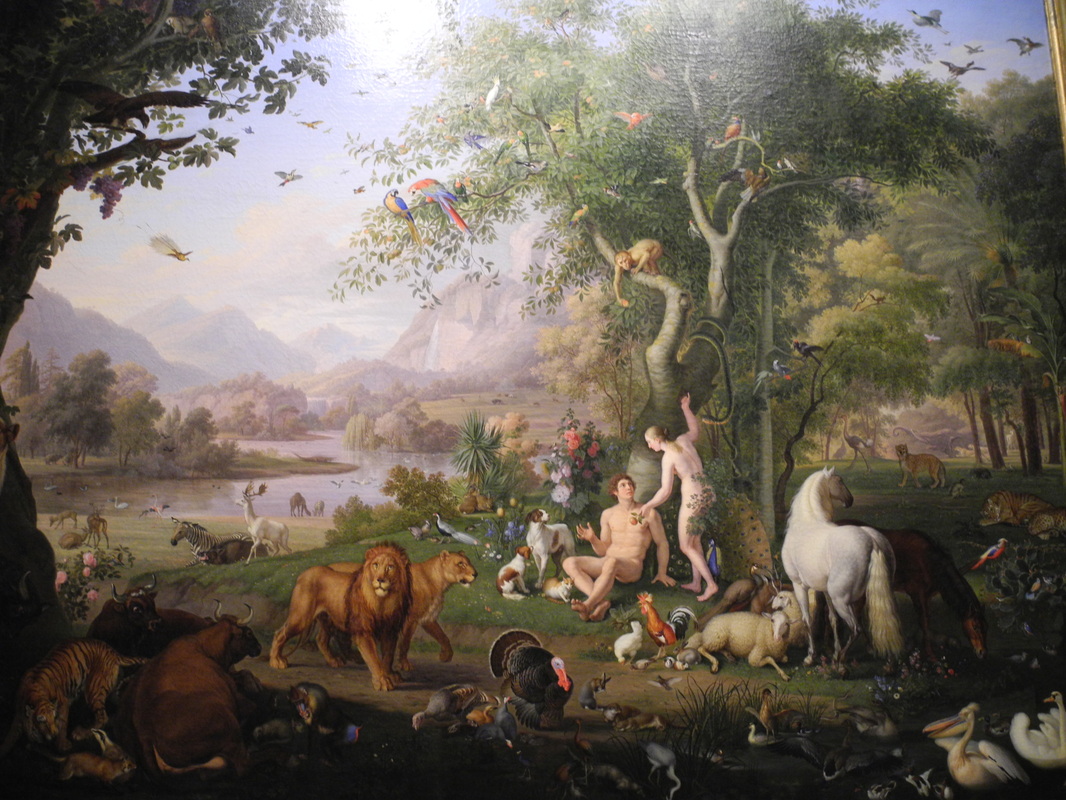
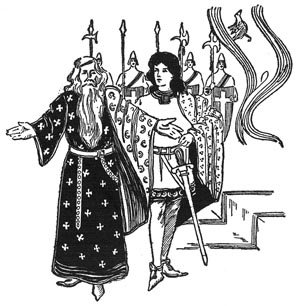
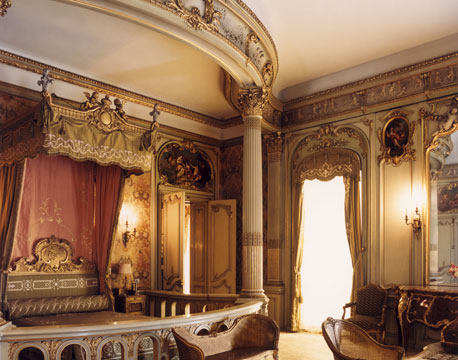

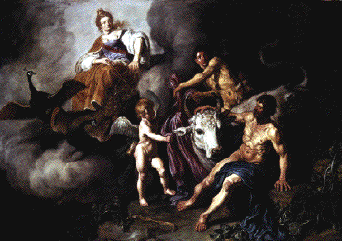

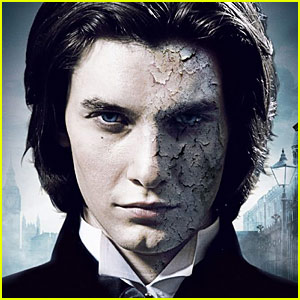
 RSS Feed
RSS Feed